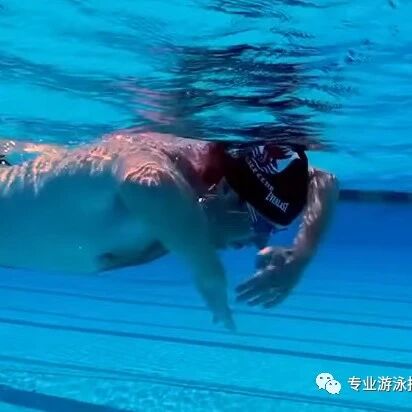The biggest mistake in self-taught, full-immersion freestyle swimming: Relaxation isn’t about being gentle or effortless.
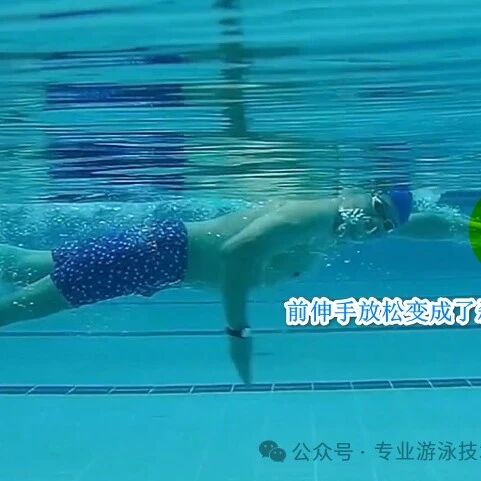
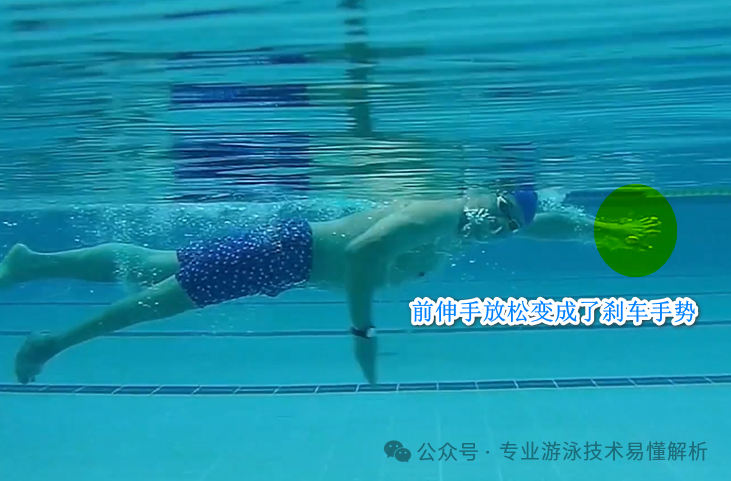
When learning freestyle on your own, the fastest and most effective method—aside from the traditional approach of mastering the kick first—is the Total Immersion (TI) swimming coaching system. However, in the pool, you often see swimmers who appear to glide effortlessly yet struggle with key aspects of their technique: inadequate water catch, weak propulsion during the push phase, tense arm movements, awkward entry into the water, lack of body alignment, and inconsistent stroke coordination. These issues clearly indicate that their fundamental skills aren’t fully developed. According to the TI system, it’s essential to first master essential techniques like floating, side-to-side body rotation, and consistent side-switching drills—only then can swimmers progress to more advanced, full-body freestyle exercises.
When practicing full-body freestyle swimming, the focus is on mastering efficient, holistic body-engagement techniques. That’s why, in the initial stages, it’s not recommended to actively drive force through your arms or legs. Instead, emphasize smooth, flowing movements as you glide through the water, relying on natural body rotation to create seamless coordination. Surprisingly, this approach doesn’t compromise speed—typically, swimmers maintain a SWOLF score around 80, easily keeping their 100-meter pace under 2 minutes. Importantly, efficiency actually improves as the distance increases. Later on, incorporating additional exercises like resistance training on land and practicing hip-driven whip kicks can further enhance speed and power.
However, when first learning, it’s essential to follow the practice steps outlined in the Total Immersion freestyle teaching system and build a solid foundation step by step. Don’t mistake the effortless, relaxed movements you achieve during swimming for deliberate, gentle handling—true relaxation is key to generating power more effectively. For instance, relaxing your arm recovery allows gravity to work naturally; letting go of the water during the catch phase helps your elbow rotate inward, creating that signature high-elbow position; and loosening up during the push phase ensures you maintain the optimal angle between your upper and lower arms, maximizing your ability to feel and harness the full force of the stroke. Similarly, keeping your neck relaxed is crucial for smooth head turns during breathing—preventing unnecessary lifting of your head. Unfortunately, many learners end up being overly cautious with their movements, almost as if they’re delicately pinching something with tweezers. While these actions may appear graceful on the surface, they actually involve intense focus and effort, completely contradicting the principle of total relaxation that’s central to mastering freestyle.

When first learning freestyle, a snorkel is a great piece of equipment to have—it eliminates the worry of choking on water and makes breathing easier. However, many swimmers using a snorkel often fail to turn their bodies sufficiently to one side, or sometimes don’t turn at all. In such cases, practicing with a snorkel actually does more harm than good: removing the snorkel afterward can lead to either difficulty breathing or shoulder injuries from improper stroke technique—both issues stemming from swimming for extended periods in a flat, prone position.
Assume the body rotates to the right, tilting sideways with the right arm entering the water deeper. At this moment, as the right arm internally rotates to scoop the water, the body begins to pivot toward the left arm. This not only allows for effortlessly capturing more water but also ensures that by the time the right arm completes its inward rotation and finishes scooping, the body has smoothly transitioned into a position where the left side is now deeper in the water. Meanwhile, the right arm initiates the propulsion phase, pushing the water backward.
Imagine this—it’s exactly like riding a skateboard. When your body weight shifts onto the board, balanced on your left foot, a gentle push of your right leg against the ground propels the skateboard forward effortlessly. But if your center of gravity remains over your right leg instead, pushing off again with that same leg will make it much harder for the skateboard to move—and you’ll cover significantly less distance as a result.
Often, the main reason freestyle is exhausting yet doesn’t glide efficiently is precisely this: After the body rolls to one side, the deeper-drafting side ends up supporting the body’s center of gravity, while the opposite side should ideally be the power side for pushing the water. If you reverse this—allowing the arm on the deeper-drafting side to do the actual stroke—you’ll find yourself swimming both tired and slowly.

2. When you lose propulsion while swimming, make sure to kick your legs promptly.
When first learning freestyle, it’s generally recommended to use either the front crossover or front mid-crossover swimming rhythm—where one arm extends forward while the other is in the catch or pull phase. As soon as one arm recovers and moves backward, the body loses forward propulsion, relying instead on inertia to continue gliding. Without proper core engagement, however, this momentum quickly dissipates, causing the swimmer to come to a halt almost immediately—especially if the body remains loose and unsteady.
When you lose propulsion while swimming, it’s crucial to maintain efficient leg kicks. For beginners, leg kicks primarily help keep the lower body afloat, preventing rapid sinking. At the intermediate level, leg movements focus on accelerating the body’s lateral rotation while also helping to stabilize the torso in a straight position—and providing a small but noticeable boost to forward momentum. In the advanced stage, however, leg kicks can generate significantly more propulsion, effectively filling the "gap" created by diminishing forward force during the stroke. This is precisely the key technique for continuously enhancing freestyle swimming speed: maintaining a steady, powerful flow of propulsion throughout the entire swim.
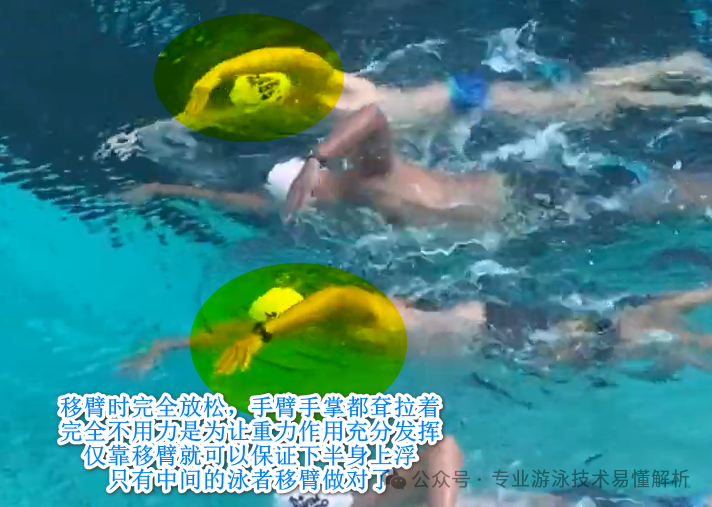
One WeChat official account shares swimming tips, while another focuses on software insights, online resources, and reading experiences.
Thank you for your supportive and encouraging likes, but we’d love even more if you could leave comments to spark conversation—and of course, feel free to share and forward as well!
Related Articles
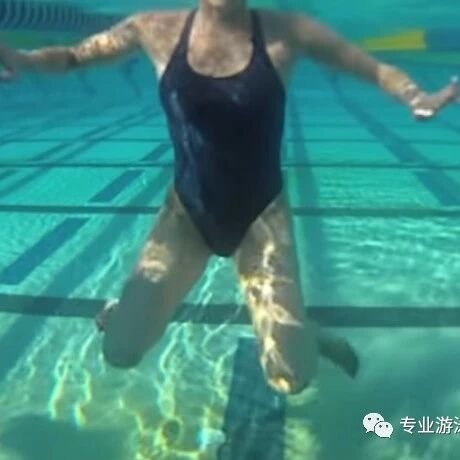
How can you stay afloat for more than three minutes? Safety tips for entering deep water
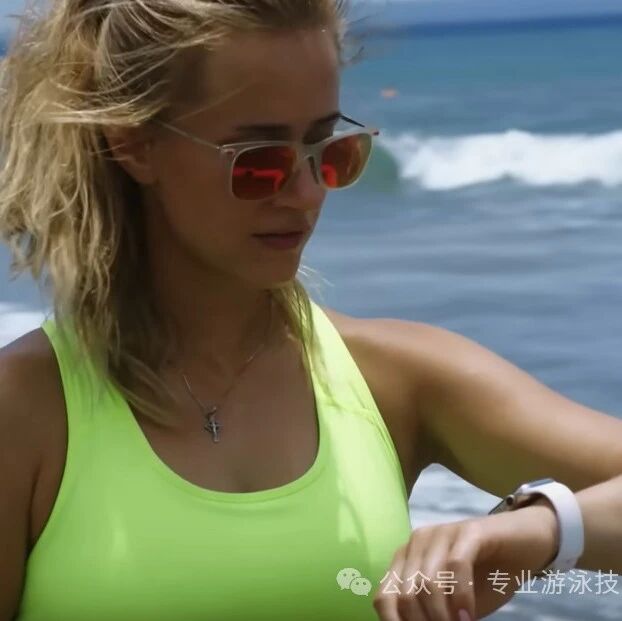
Atypical skills in swimming: What you need to know for nonstop, effortless long-distance swimming
